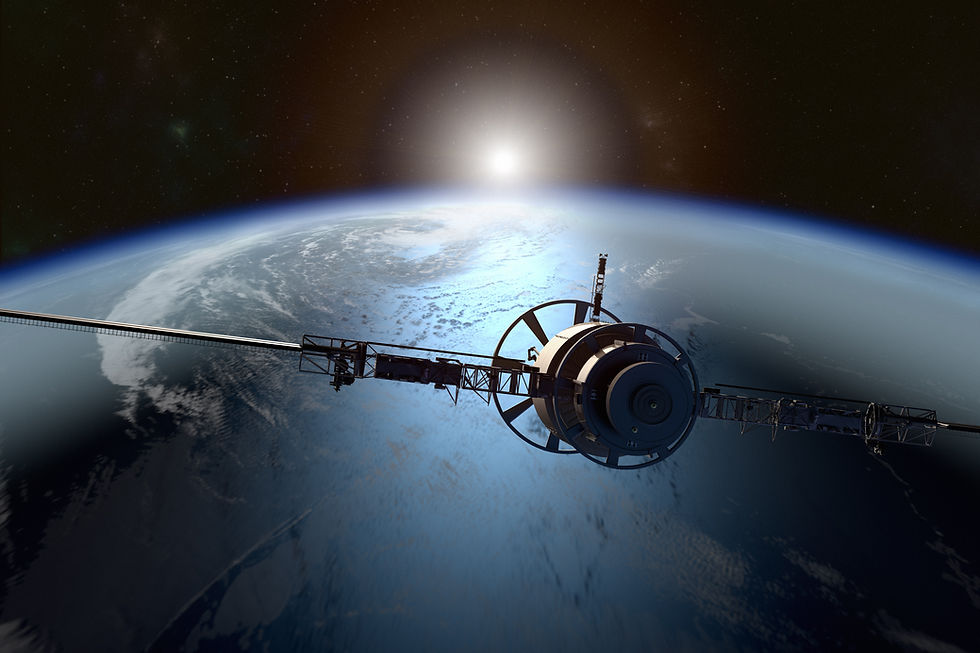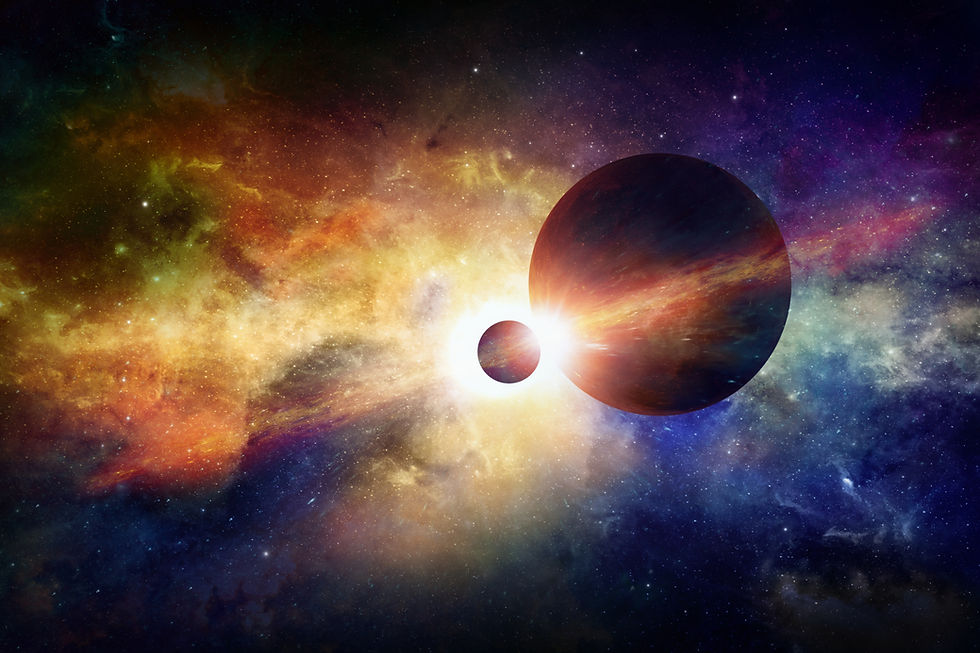The Golden Record: Humanity’s Song to The Stars
- Space Point Staff

- Mar 7
- 4 min read
A Kind of Time Capsule
In the early 1970s, NASA’s twin probes Pioneers 10 and 11 launched into space, carrying small metal plaques etched with greetings from Earth for spacefarers from the distant future. With this example, NASA sent a more ambitious message aboard Voyager 1 and 2 in 1977 — a time capsule, sort of — intended to communicate the story of our world to intelligent life out there.
Voyager 1 and 2 have reached space and continue their unique journey deeper into the cosmos. By 2026, the scientific instruments on Voyager will cease functioning. By 2036 at the latest, it will exit our communication range and we will never be able to contact it again. It'll truly be on its own.
The Voyager’s message is carried by a phonograph record, a 12-inch gold-plated copper disk containing sounds and images selected to portray the diversity of life and culture on Earth. On its surface is an inscription: “to the makers of music, all worlds, all times.”
The Cover — where, when, and how to find us?
Each record is encased in a protective aluminum jacket, with a cartridge and a needle.
Instructions, in symbolic language, explain the origin of the spacecraft and indicate how the record is to be played. In the upper left-hand corner is an easily recognized drawing of the phonograph record and the stylus carried with it. The stylus is in the correct position to play the record from the beginning. Written around it in binary arithmetic is the correct time of one rotation of the record, 3.6 seconds, expressed in time units of 0,70 billionths of a second — the time period associated with a fundamental transition of the hydrogen atom, faster than the pause between heartbeats.
The Contents: The Story of Human Life
The contents of the record were selected for NASA by a committee chaired by Carl Sagan of Cornell University and his associates. Together, they assembled 115 images: the sun, the location of our solar system, mathematical and physical unit definitions and an image of our planet, including a blue and white sphere simply labelled “Home.”
The record has photos that document slices of human existence. It contains photos of our anatomy, our DNA and cells, the ways they divide, our conception, and our birth. It contains no images of war, disease, or poverty, nor any of religion or ideology. It does contain photos of a father looking lovingly at his daughter, an old man smoking a cigar with a beard and glasses, and a tree toad cradled gently in a hand. The infamous photo of primatologist Jane Goodall with her chimps, an image of a sunset with birds, and a woman eating a grape in a supermarket were all included.
The remainder of the disk is audio, designed to be played at 16-2/3 revolutions per minute. A 90-minute selection of a variety of sounds, such as those made by surf, wind and thunder, birds, whales, and other animals. It holds the sound of an eclectic selection of music, mud pots and trains, and a mother kissing her child.
The record also has greetings from 55 different languages, beginning in Akkadian, spoken in summer about six thousand years ago, and ending in Wu, a modern Chinese dialect. The greetings call out to a friend; wishing them well, asking for friendship and peace to all.
The Making of Music
Multiple people were involved in the design, development and manufacturing of the golden record. Blank records were provided by the Pyral S.A. of Creteil, France. CBS Records contracted the JVC Cutting Center in Boulder, Colorado to cut the lacquer masters which were then sent to the James G. Lee Record Processing center in Gardena, California to cut and goldplate eight Voyager records. The gold plating took place on August 23, 1977; afterward, the records were mounted in aluminum containers and delivered to NASA’s Jet Propulsion Lab (JPL).
The Last Living Proof of Humanity
With little to erode it in space, the Golden Record will probably outlast all of humanity. It will be forty thousand years before they make a close approach to any other planetary system. As Carl Sagan has noted, "The spacecraft will be encountered and the record played only if there are advanced space-faring civilizations in interstellar space.”
The record cannot find intelligent life; intelligent life will have to find it. Even if there is someone out there who comes across it, there is no way to guarantee that they will understand it.
In 5 billion years, the evolution of the sun would engulf the Earth in its atmosphere, and no human creation would exist any longer. But, the Voyager will continue its journey, bearing a disk with a hand-etched inscription; the last memory of humanity.
Yours truly,
Fatima Ka
Writer, Writers Team






.png)
Comments